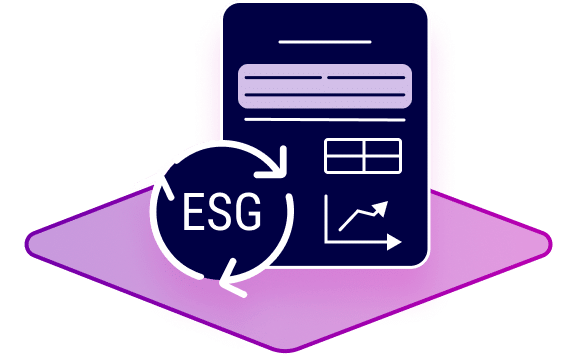SPEED UP
YOUR DOCUMENT
PROCESSES.
#BeADocumentHero
Did you know?
On our social media channels, we show interesting facts or figures on the topic of artificial intelligence at regular intervals.
AI vs. ML vs. DL
When people talk about artificial intelligence, many different terms are used. Let’s dive a little deeper to differentiate between three of them:
#ArtificialIntelligence (AI) is the process of imparting data, information, and human intelligence to machines. Its main goal is to develop self-reliant machines that can think and act like humans and perform tasks by learning and problem-solving.
#MachineLearning (ML) is a subset of AI that involves training algorithms to learn patterns in data without being explicitly programmed. ML algorithms can automatically improve their performance over time and make better decisions by learning from new data.
#DeepLearning (DL) is a subset of Machine Learning and is roughly inspired by the information processing patterns found in the human brain. Just like we use our brains to identify patterns and classify various types of information, deep learning algorithms can be taught to accomplish the same tasks for machines.
Source: www.simplilearn.com
Adversarial Attack
Source: www.analyticsvidhya.com / arxiv.org
AI beats super minds
Source: www.towardsdatascience.com / www.bbc.com
Voice Assistants
Source: www.itbusiness.ca / www.statista.com / www.thequint.com / de.statista.com
Deepfake
Source: www.iproov.com / www.YouTube.com / www.TikTok.com
ELIZA
Before Siri and Alexa, there was ELIZA. Admittedly, ELIZA’s functioning doesn’t have much to do with the AI that underlies digital assistants like Siri or Alexa nowadays. The program, with which users could chat in text mode, was not particularly intelligent. Nevertheless, ELIZA is considered an important milestone in the field of AI.
In the 1960s, researcher Joseph Weizenbaum developed ELIZA at the Massachusetts Institute of Technology (MIT). He pursued the idea that ELIZA would respond to users‘ problems like a therapist and help them cope with their emotional challenges. Although ELIZA only returns messages based on recognized keywords, some users almost had the illusion that they were speaking with a real person.
Source: www.nextpit.de / Weizenbaum, J. (1966). ELIZA – A Computer Program For the Study of Natural Language Communication Between Man and Machine. Communications of the ACM, 9(1), 36-45.
Autonomous cars
Source: www.adac.de
ChatBots
Sounds familiar? As soon as you enter a website, a chatbot offers its help – 24/7. This offer is being taken up more and more frequently. Especially when it comes to quickly answering a simple question, 69% of consumers contact the chatbot. So, in the near future, the AI tool could replace the classic „FAQ“ pages. By the way, the satisfaction rate is 87.5%, which indicates an improvement in the customer experience.
Source: www.g2.com












